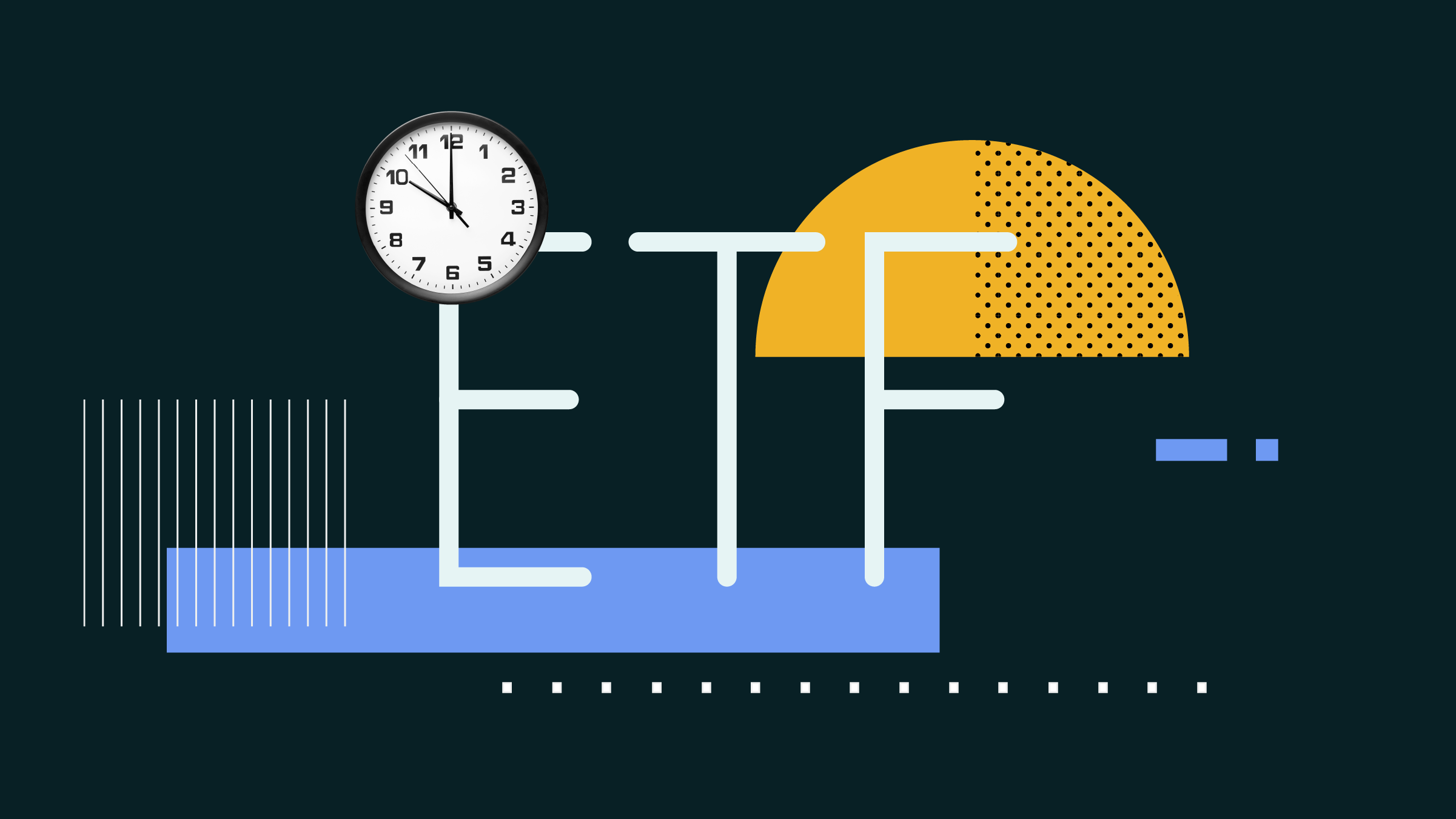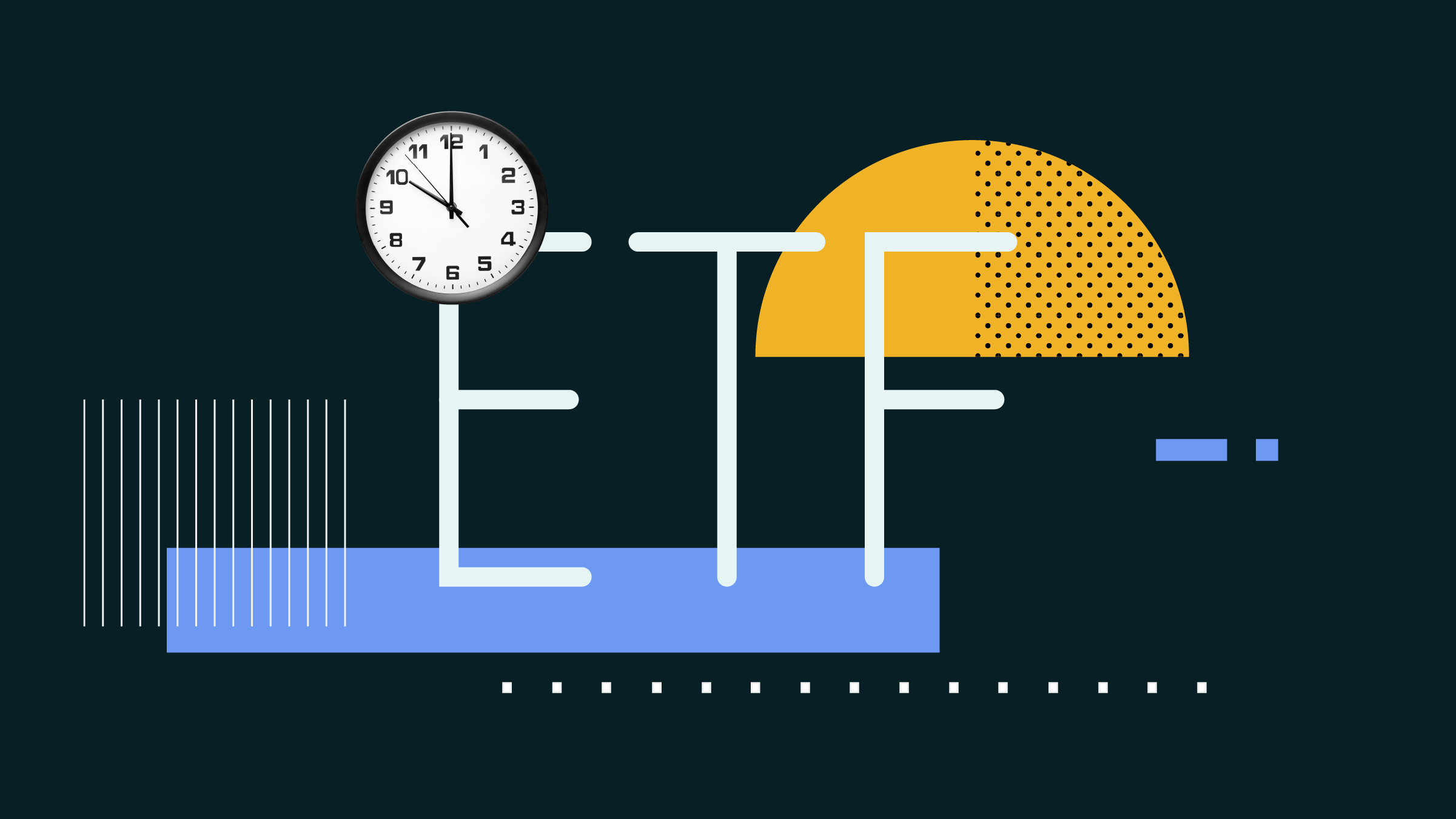There was a time, years ago, when choosing an actively managed mutual fund seemed almost redundant. In fact, if you'd asked most investors back then why they chose an active fund over a passive fund, they might have wondered what you were talking about and remarked, "Aren't all funds actively managed?"
Today, of course, the choice is clearer. The growing popularity and prevalence of index-based mutual funds and exchange-traded funds--driven, in part, by the fact that they tend to be cheaper to own than actively managed funds--makes using active funds seem more like a conscious decision than in years past.
But if you choose active management, it's important to make sure you're getting your money's worth. The following are key questions investors need to ask when using actively managed funds. If a fund you own, or are thinking of owning, doesn't pass muster after you've answered the following questions, consider looking elsewhere.
Question 1: How much is active management costing you?
Cost of ownership is an issue regardless of a fund's investment style. And while it's true that index-based funds generally have a built-in advantage in this area, given that tracking an index tends to cost less than researching and picking individual securities, cost nonetheless matters just as much when picking actively managed funds. On average, actively managed mutual funds that fall in the Canadian Equity category charge 2.45%, while actively managed mutual funds that fall in the Canadian Fixed Income category charge an average of 1.62% (figures are not asset-weighted). Their index-based counterparts charge much less—an average of 1.26% for equity index funds, and 1.08% for fixed income index funds. (Note that all of these figures are for funds that are sold by advisors and include distribution costs and advisor compensation.)
How you can tell: Pay attention to the fund's expense ratio, of course. Morningstar's Premium users can also check the fund's Morningstar Analyst Rating Price Pillar (found on the Analyst Report page), which indicates how the fund's expenses compare with others of the same distribution channel. If the fund is rated Negative, look for a less expensive option, preferably one with a Morningstar Analyst Rating of Gold (cost being a key component of the fund analyst rating process).
Question 2: Is your active fund truly active?
Nothing frustrates an active-fund investor quite like discovering that his or her fund has been behaving like an index fund while charging four or five times as much. If you've chosen an actively managed fund rather than an index fund, chances are you're expecting the manager to earn his or her keep by making smart investing moves that differentiate the fund from the index. Some funds, by design, don't stray too far from their benchmarks in terms of portfolio composition. And differing from the benchmark is not the same as beating the benchmark. But as an active-fund investor you'd be wise to get a sense of just how actively managed the fund is.
How you can tell: One way to assess the degree to which a fund's portfolio resembles its benchmark is by clicking on the Portfolio tab and comparing sector weightings and other portfolio metrics (you can choose from various preassigned benchmarks by using the drop-down menu at the top of the page). This won't tell you if the fund and benchmark have the exact same holdings, but it's a good way to see if the fund hews closely to the allocation and weightings used by the benchmark. Reviewing the fund's performance versus the benchmark (found under the Performance tab) can also provide a clue as to how closely the two are in sync. Under the Ratings & Risk tab, in the MPT Statistics section, you'll find R-squared, a metric that indicates the degree to which a fund and its benchmark move in the same direction at the same time (the higher the number, the greater the similarity). Fund analysts often reference another metric, called active share, and other research when discussing the degree to which an active fund differs from its benchmark, so you might find additional information by reading the Fund Analyst Report (Premium Membership required). Active share is being considered for future iterations of Morningstar.ca.
Question 3: Do you understand the fund's strategy?
Choosing an actively managed fund is just the beginning of the process as active strategies can take many forms. Some actively managed funds take a growth- or value-oriented approach. Some use a broadly diversified portfolio with hundreds of holdings, while others focus in on just a few dozen names. On the fixed-income side, one actively managed fund may take on more credit risk, while a rival tends to play it safer and another fund may invest in one type of security--such as government bonds, corporate bonds or mortgage bonds--to a greater or lesser degree than the competition.
How you can tell: The fund's category is a starting point, but the best way to familiarize yourself with its strategy is by reading the fund's prospectus and the Fund Analyst Report here at Morningstar.ca (Premium Membership required). Be sure you are comfortable with the fund's approach. If you're not--perhaps it takes too much risk for your taste, or not enough--consider switching to one that's a better fit.
Question 4: What role does the fund play in your portfolio?
Sure, an actively managed fund may provide exposure to a particular corner of the market--domestic large-cap stocks, foreign small caps, high-yield bonds and so on--but it's a good idea to look beyond merely its category designation. After all, two funds in the same category can behave quite differently, depending on how they are managed. For example, some funds use highly concentrated portfolios, while others are much more diversified. So, a concentrated fund like Chou Associates, which holds under 20 stocks, may deliver a bumpier performance than a more diversified competitor, such as Capital Group Global Equity, which holds nearly 200 stocks, even though both are top-notch funds in the Global Equity category that earn high ratings from our fund analysts. If the fund tends to deliver volatile performance, is there a counterweight elsewhere in your portfolio to smooth out your overall ride? Another question to ask: Does the fund hold a lot of cash? If so, its performance may lag in a fast-rising market, although having cash on hand could come in handy for stabilizing returns--and scooping up bargains--during market downturns.
How you can tell: Check some key fund metrics to get a sense of how the fund operates. The Morningstar Risk rating indicates how volatile the fund's performance has been relative to that of its peers, with an emphasis on downside performance. Under the Portfolio tab, check the number of holdings the fund has to see how diversified it is, as well as the fund's allocation to cash. Also review allocation breakdowns to see how the fund compares with other funds from the same category. Is it fairly typical or an outlier? Finally, use Morningstar's X-Ray tool to look at the composition of your overall portfolio, and click on X-Ray Details to get a sense of what role a specific active fund plays.
Question 5: Does your fund manager have a proven track record?
Paying up for active management may not be worth it if the fund is run by an unproven manager. On the other hand, its expense ratio may seem like a bargain if the fund is run by a seasoned pro or team of pros that has been at the helm for a decade or more and knows the ins and outs of a specific area of the market, such as the teams at Beutel Goodman and CI Signature.
How you can tell: Click on the Management tab to learn more about the fund's manager--his or her tenure with the fund and past fund-management experience--as well as other funds he or she manages. If the manager's track record is long but he or she is a relative newbie to the fund, check out the performance of his or her previous funds to see earlier performance. How has the manager performed during times of particular volatility, such as the 2008 downturn or the 2013 upturn? In the Fund Analyst Report, pay particular attention to the People Pillar section to see what our analyst has to say about who's running the fund (Premium Membership required).
Question 6: Does your active fund have a good parent?
An active fund's parent company can be an important component of its success. Fund companies that receive positive Stewardship Grades from Morningstar's fund analyst team have pro-investor cultures that emphasize retaining employees, which is important when choosing active management. The last thing you want is for a fund that you consider to be a core holding to change managers and approaches every few years. Good fund companies also are willing to close funds when they grow too large to execute their active strategies effectively. For example, some fund shops have closed their small-cap funds to new investors out of concern that continued asset growth will hamper their ability to effectively invest in smaller companies.
How you can tell: Make sure the fund's Parent Pillar has earned a Positive rating and read how it got that grade in the analyst report (Premium Membership required). Also, pay attention to fund-company literature that describes its culture and how it treats its employees. You want a fund company that emphasizes stability and putting investors first.















